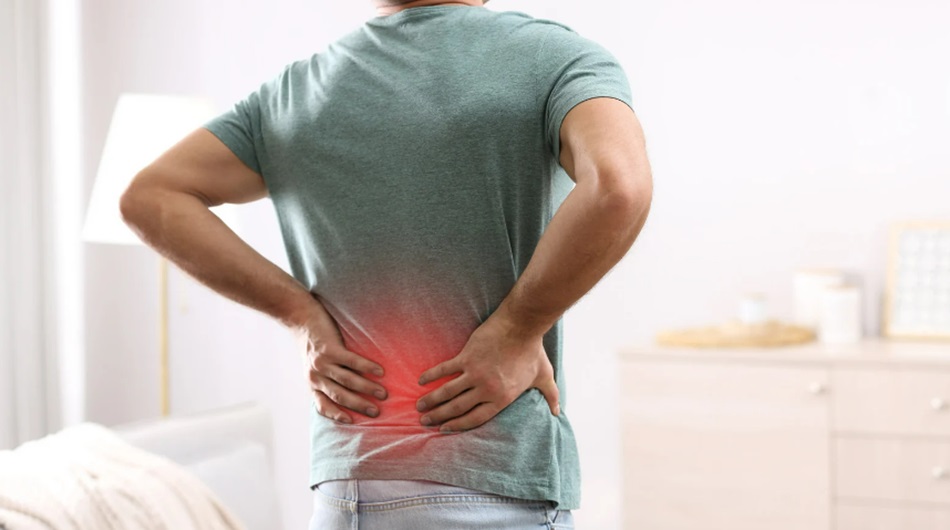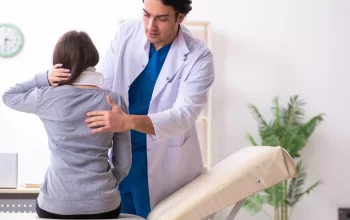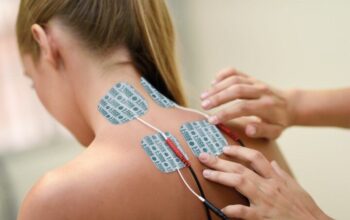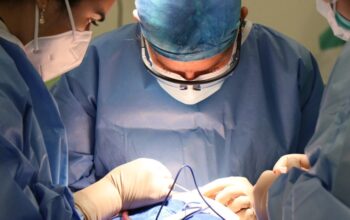Back pain is a common issue millions of people worldwide face. However, it turns out that women experience certain types of back pain more frequently than men. In this article, we will discuss six back pain conditions that mainly affect women, their causes, and steps you can take to alleviate the discomfort.
1. Pregnancy-Related Back Pain
Pregnant women often experience lower back pain, mainly due to the hormonal changes and the additional weight in the abdomen. The growing uterus can also put pressure on the spine, causing discomfort. To alleviate this pain, try practicing gentle exercises like yoga, swimming, or walking. Wearing a support belt might also provide relief from pregnancy-related back pain.
2. Endometriosis
Endometriosis is a condition where the cells that typically line the uterus grow outside the uterus. This can lead to chronic lower back pain and pelvic pain. Treatment options for endometriosis-related back pain include pain medications, hormone therapy, or surgery. If you are experiencing the symptoms, consult a healthcare professional for back pain in Tamarac, FL, who can provide proper diagnosis and treatment.
3. Disc Degeneration
While disc degeneration also affects men, women tend to experience it more frequently with age. This situation occurs when the spinal discs, which act as cushions between the vertebrae, wear down over time. Common symptoms of disc degeneration include stiffness, back pain, and limited range of motion. Maintaining a healthy lifestyle, engaging in regular low-impact exercises, and seeing a specialist for pain management in Tamarac, FL, can help prevent and manage disc degeneration.
4. Fibromyalgia
Fibromyalgia is a chronic disorder that induces widespread muscle pain, including back pain. It disproportionately affects women, impacting approximately 90% of the affected population. While there is no known cure, managing fibromyalgia involves medications, exercise, and stress management techniques to reduce pain and improve cognitive function.
5. Scoliosis
This spinal curvature disorder affects both genders but occurs more frequently in females and can sometimes cause back pain. Treatment options for scoliosis vary based on the severity and include physical therapy, bracing, and, in severe cases, surgery.
6. Osteoporosis
Osteoporosis is a disorder that leads to a decrease in bone density, making them more brittle and prone to fractures. Women are at a higher risk for developing osteoporosis, with postmenopausal women being the most affected. Osteoporosis can contribute to back pain through vertebral compression fractures. To lower the risk of osteoporosis, focus on maintaining a balanced diet, getting adequate calcium and vitamin D intake, and engaging in weight-bearing exercises.
To Conclude
Back pain is a prevalent issue, but it’s essential to understand that certain back pain conditions primarily affect women. By knowing the warning signs of back pain, women can take preventative measures and seek proper treatment. Consult a healthcare provider if you are experiencing chronic or severe back pain, as early intervention can lead to better outcomes.




